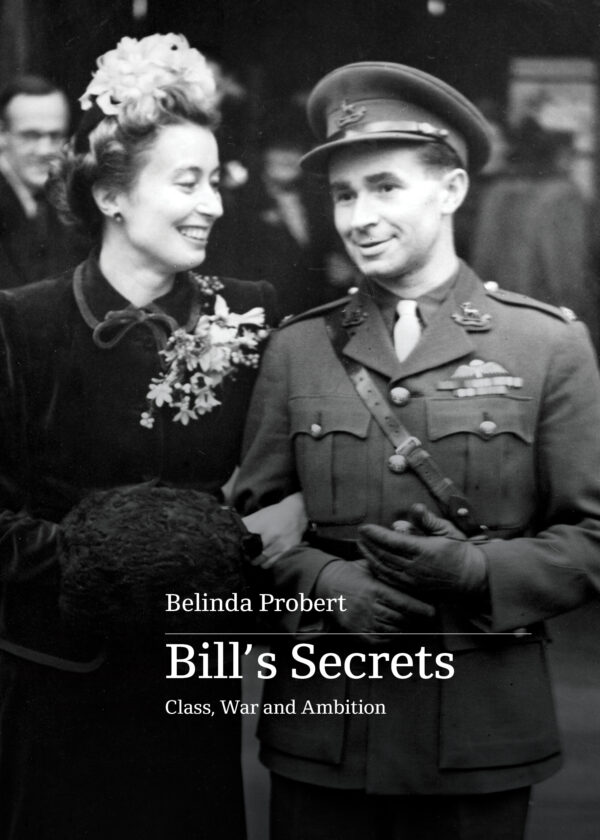Beyond 40: Celebrating 40 years of dreams
ABC Books, $49.95 hb, 144 pp
No stopping
Here are two sumptuously produced keepsakes serving very different purposes. Beyond 40 describes itself as ‘Forty Years of Dreams’, but actually offers one year’s worth of images that the Australian Ballet want to project. A Collector’s Book of Australian Dance, on the other hand, for all its unintoxicating title, comes much closer to being a book of dreamings.
The Australian Ballet’s first home was in Albert Street, East Melbourne. Anyone who remembers the shabby studios of 1962 will also remember how familiar and fitting such studios seemed. Dancers in those days were not used to big spaces, well-sprung floors, or fine pianos to accompany rehearsals or classes. The fact that you worked in dilapidated halls, rattled by traffic, lacking kitchens or first-aid kits, sometimes without even running water, was a sort of proof that you were engaged in Art. But a consequence of the limited conditions was that big performances seldom happened. Forty years ago, men seldom flung themselves into great cartwheeling circuits of the stage, women were not accustomed to swinging their legs up past their ears, or committing themselves to gravity as they plummeted towards a partner’s arms. What might be achieved by young athletes on the stage took time to be recognised, even by the achievers. But, as the Australian Ballet rose into existence out of the aspirations of the Borovansky company, dancers’ belief in themselves – like that of Australians in general – began to alter.
The long postwar conservative reign gave way (with some intermissions) to the governments of Whitlam, Hawke, and Keating; Patrick White took his place among international writers; David Williamson wrote the words that a young Mel Gibson spoke in the film Gallipoli. Even universities gathered self-confidence.
The Australian Ballet archives are well placed to reveal this evolutionary change, the very topic of Valerie Lawson’s excellent introduction to Beyond 40. She sketches the national context that encouraged a new sense of Australian identity in both repertoire and performers. How valuable, therefore, it would have been to have had a pictorial record of the alterations in dancers’ body shapes over these forty years, their changing technical abilities, the new imaginative worlds they were given to inhabit, and so on. Instead, what we get are the pin-ups of 2002: last year’s company members photographed in costumes of yesteryear. No one wears shoes that have ever been danced in; the look of 1963 has been replaced by something much more up-to-date; almost without exception, each plate is laboriously posed, the performers holding a position as if being paid by the hour.
Continue reading for only $10 per month. Subscribe and gain full access to Australian Book Review. Already a subscriber? Sign in. If you need assistance, feel free to contact us.
















Leave a comment
If you are an ABR subscriber, you will need to sign in to post a comment.
If you have forgotten your sign in details, or if you receive an error message when trying to submit your comment, please email your comment (and the name of the article to which it relates) to ABR Comments. We will review your comment and, subject to approval, we will post it under your name.
Please note that all comments must be approved by ABR and comply with our Terms & Conditions.